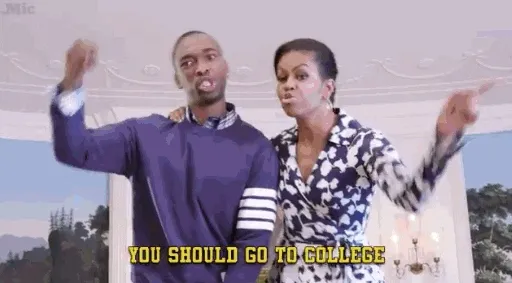The State of Back to School Advertising in 2020
When people are nervous about doing things they like, how do marketers generate good feelings around less optional activities, like going back to school?

• less than 3 min read
Morning Consult data shows that U.S. adults are overall more anxious about leisure activities in mid-August than they were in June. The reason is, of course, the comparatively higher number of confirmed COVID-19 cases in the country.
When people are nervous about doing things they like, how do marketers generate good feelings around less optional activities, like going back to school?
Beyond Zoom University
Despite all the concerns, it’s still go time for back to school advertising:
- From June to July, back to school ad performance measured by cost per click (CPC) increased by 47%, and consumer engagement with back to school content rose by 28%, per a Pattern89 infographic.
- And advertisers spent 211% more on social distancing-themed back to school advertising in July than they did in May and June. That said, there wasn’t a noticeable increase in consumer engagement due to “six feet apart” creative.
A for effort?
A few for-profit online colleges caught onto pandemic-era keyword trends to promote their programs, though some say it’s unethical.
Example: Consumer advocacy group The Century Foundation found that among 2,000 ads since March promoting online college, 885 used keywords for healthcare programs.
What’s wrong with that? Nothing…except for the programs that ran ads under “healthcare” keywords, even though the actual programs had nothing to do with healthcare.
- Bob Brock, president of the Educational Marketing group, explained to Inside Higher Ed that there’s a “fine line between appropriate and inappropriate” when it comes to basing back to school advertising around pandemic fear.
- This may be an extreme example, but it highlights the broader balance marketers need to strike this year.
My takeaway: Marketers are walking a tightrope between exploiting fear and showing that keeping students safe is a brand value. Sticking to authentic and empathetic messaging could be a safe way to avoid coming across as tone deaf to an anxious audience.
Get marketing news you'll actually want to read
Marketing Brew informs marketing pros of the latest on brand strategy, social media, and ad tech via our weekday newsletter, virtual events, marketing conferences, and digital guides.
Get marketing news you'll actually want to read
Marketing Brew informs marketing pros of the latest on brand strategy, social media, and ad tech via our weekday newsletter, virtual events, marketing conferences, and digital guides.